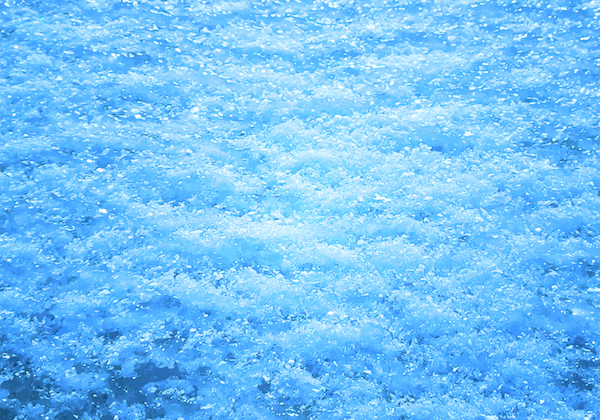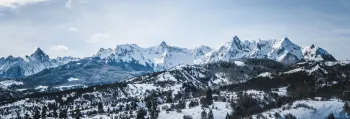
Live Snowfall Updates in Telluride
Telluride, Colorado, is a premier skiing and snowboarding destination worldwide. People come from near and far to experience over 2,000 acres of top-quality terrain. Due to the natural snowfall and excellent ski conditions. The best way to know the snow conditions before your ski trip is to check out the latest news and conditions. Don’t hesitate to reach out to the Exceptional Stays team if you have any questions.
You can read the Telluride snow report online on the ski resort’s website. You can also download the mobile app for more convenient updates. The Telluride report will let you know the forecasted weather, snowfall accumulation, and trail status. It’s important to note that the Telluride weather can change unexpectedly. Make sure you stay updated on the most recent report so you can be prepared for the conditions. Here is more information about what you can learn from the snow report:
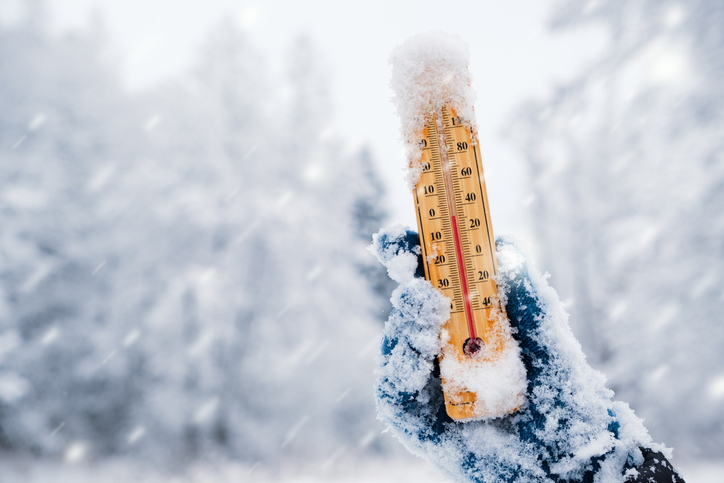
To put it simply, the different types of snow conditions affect how your skis ride and how smooth your run is. Therefore, to help you on your road to skiing success, we’ve outlined a few of the most common snow conditions and which ones are best for your favorite snow activities. Check them out below!
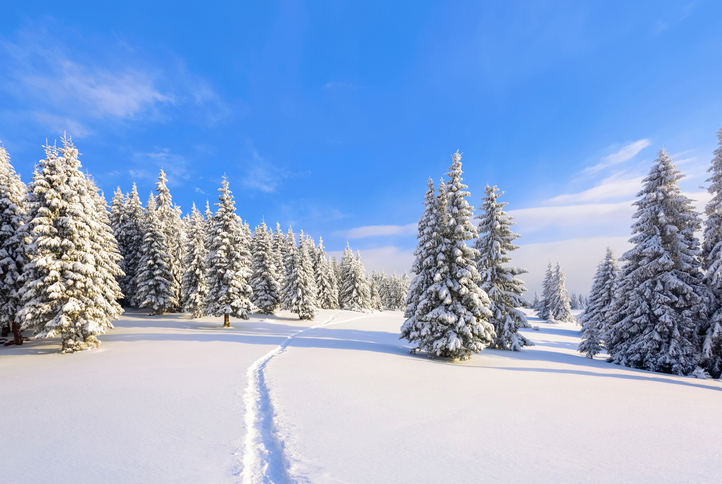
Considered the best snow for skiing, powder is the type of snow you’ll want to hit the slopes for. This is freshly fallen snow that’s just sitting there and waiting for a ride. This is a great snow condition if you want to try out some new tricks, and it’s great for families learning how to ski, as the thick layers are like a soft pillow for any crashes. A few types of powder snow are great for skiing as well; two of them are listed below.
A step above your typical powder, champagne powder is extremely light and fluffy—more so than what you’d find in a typical powder condition. This type of snow is typically found in Colorado, British Columbia, and Utah. If you can ride on it, do so!
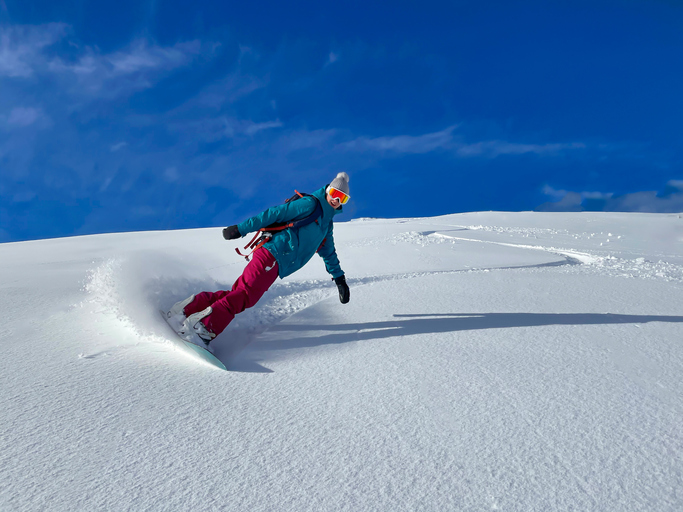
A lot of ski resorts use this terminology to describe the conditions of the slopes. Packed powder means that there was powder the day before, but now it’s all been compacted.
Next on the list is crust. This type of snow forms when the temperature warms up, softens the snow just a bit, and then gets cold again and freezes that softened snow. You’ll experience a bit more of an icy layer on top of the powder snow, but you can typically break it easily with your skis.
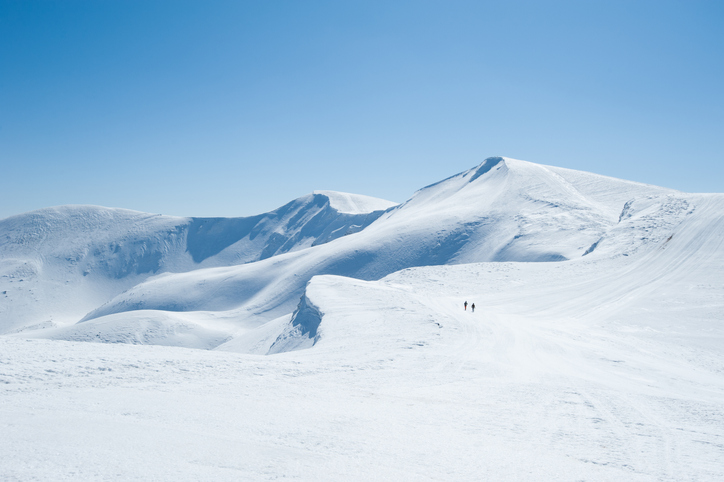
Another form of crust, dust on crust is simply a light dusting of snow on top of a crusty layer. Your body and skis may take a moment to get used to this type of snow, but it’s typically fine for intermediate and advanced skiers.
If you can’t find fresh powder, then corduroy, or cord, is one of the next best options. This sort of snow condition appears on a freshly groomed run when the groomers have left ridges in the snow. You’ll love the sound as you glide over and the rumbling sensation under your feet.
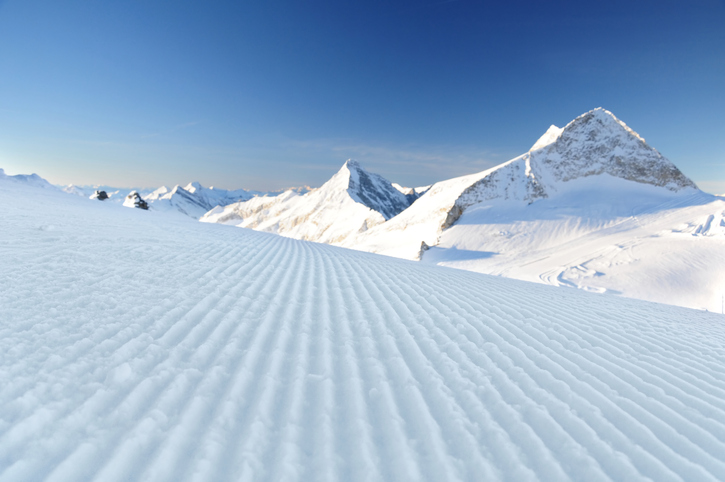
You’ll notice crud (tracked out snow) at almost every mountain you head to if you go skiing later in the day. Crud typically forms later on in powder days after everyone has been skiing over it. As more people go through the powder snow, the more packed the snow will get in certain places. Have fun with the uneven bumps and dips!
Simply put, slush is basically snow that has begun to melt. If you go on any springtime skiing adventures, then you’ll notice a lot more slush than fresh powder. It’s not bad, necessarily, but you’ll get wetter, and you’ll really have to nail your carving turns.
